The chest press machine is an excellent exercise for beginners. It provides an effective but straightforward way to work your upper body. With no weights to balance and no tricky techniques to master, the chest press leaves you free to focus on your training.
The chest press is not just a beginner exercise either, and advanced lifters can use it too. Put it near the end of your workout so that you can finish off your muscles without worrying about dropping heavyweights across your chest – as can happen with barbell bench presses. The chest press machine is also a good exercise for drop sets.
As good as the chest press is, it is not the only exercise you can do for your upper body. You also need to make sure you do it properly.
Chest Press Exercise Muscles Worked
As the name of this exercise suggests, the chest press works your chest muscles. However, the chest press is a compound exercise, which means it involves several muscles and joints working together. The main muscles involved in the chest press are:
Pectoralis major– known as your pecs for short, these are your main chest muscles. Their primary job is horizontal flexion of your shoulder joint.
Anterior deltoids– these are the muscles on the front of your shoulders. They work alongside your pecs to horizontally flex your shoulder joint.
Level Up Your Fitness: Join our 💪 strong community in Fitness Volt Newsletter. Get daily inspiration, expert-backed workouts, nutrition tips, the latest in strength sports, and the support you need to reach your goals. Subscribe for free!
Triceps brachii– the muscle located on the back up your upper arm. Usually known just as your triceps, this is your main elbow extender.
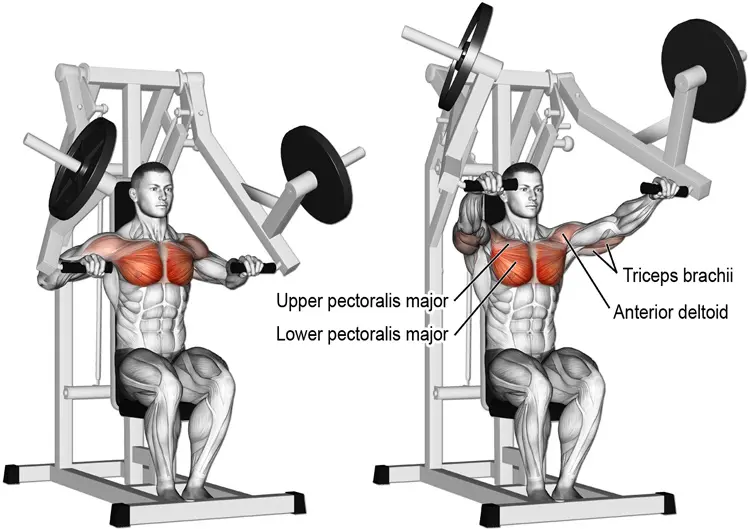
How to do chest presses
Chest press machines often differ in design. That said, they all work fairly similarly. Follow these instructions to make sure you get the most from your chest press workouts. That said, always make sure that you use the chest press machine gym according to the manufacturer’s instructions. If in doubt, ask the staff at your gym to show you how to use it correctly.
1– Adjust the seat so that the handles are approximately a chest height.
2– Sit on the machine and hold the handles with an overhead grip. Your hands should be slightly wider than shoulder-width apart. Some machines have foot pedals to help you lift the weights, making it easier to grasp the handles. Use this function if it’s available.
3– Keeping your head up and your lower back slightly arched, press the handles away from you until your arms are straight but not fully locked. Locking your elbows puts a lot of strain in your joints.
4– Bend your arms and lower the weights down as far as your flexibility allows. Do not over-extend your shoulders as this can lead to injury.
5– Keep your movements smooth and slow, taking 2-3 seconds to lift the weight and the same time to lower it. This will ensure your muscles do all the work, and momentum doesn’t take over.
Chest press mistakes you need to avoid
The chest press is a fairly simple exercise but that doesn’t mean you can’t do it incorrectly. Here are a few common chest press mistakes you need to avoid.
Having the seat too high or too low – the handles should be in line with your shoulders. If they are not, you risk putting a lot of stress on your shoulder joints.
Lowering the weight too far – you don’t need to touch the weights down between reps. Doing so may overstretch your shoulders. Just lower the weights as far as your flexibility allows.
Locking your elbows between reps – locking your elbows could lead to injury. It puts a lot of extra wear and tear on your elbow joints. It also provides you with a break between reps which makes the exercise less effective. Stop each rep just short of full elbow extension.
Chest press machine exercise alternatives
Your muscles will soon get used to the chest press exercise. When this happens, your progress will stall if you don’t add some variety to your workouts. Studies have shown that workout variety is essential for building both strength and muscle size (1).
Good alternatives to the chest press machine include:
Smith machine bench press
If you have mastered the chest press machine, the Smith machine bench press is your next logical step. It is a safe and effective machine exercise that also mimics barbell bench presses. The weight is guided by rods, and the safety catches will ensure you don’t drop the weight across your chest.
How to do it:
1– Place a bench in the machine and under the bar. Set the bar to about waist height. Make sure the bench is in the middle of the bar.
2– Lie on the bench and reach up to grab the bar. Use an overhand, slightly wider than shoulder-width grip. The bar should be directly over the center of your chest. Keep your feet flat on the floor, arch your lower back slightly, and brace your abs.
3– Extend your arms and lift the bar free of the hooks. Twist the bar to disengage the safety catches.
4– Bend your arms and lower the bar to your chest. Do not bounce the weight off your chest.
5– Press the bar back up to arms’ length and repeat. Twist the bar to re-engage the safety catches at the end of your set.
You can also do this exercise using an incline or decline bench. Incline Smith machine bench presses emphasize your upper chest, while the decline version works more of your lower chest.
Level Up Your Fitness: Join our 💪 strong community in Fitness Volt Newsletter. Get daily inspiration, expert-backed workouts, nutrition tips, the latest in strength sports, and the support you need to reach your goals. Subscribe for free!
Dumbbell bench press
The main advantage of dumbbells is that they allow you to work each arm independently. This means your arms can move naturally and aren’t locked into a predetermined movement pattern, as they are with the chest press machine and Smith machine bench press. Also, if you are unable to complete a rep, you can just lower the weights out and down to your sides.
How to do it:
1– Grab and hold a dumbbell in each hand and sit on the end of an exercise bench. Keeping the dumbbells close to you, lie back on the bench. With your arms bent, position the weights so that they are level with your shoulders.
2– Keeping your feet flat on the floor, abs braced, and lower back slightly arched, press the weights up until your arms are straight but not locked.
3– Lower the weights back to your shoulders and repeat.
4– Lower the weights to the floor once you have completed your set.
Like most free weight chest exercises, you can also do dumbbell bench presses using an incline or a decline bench.
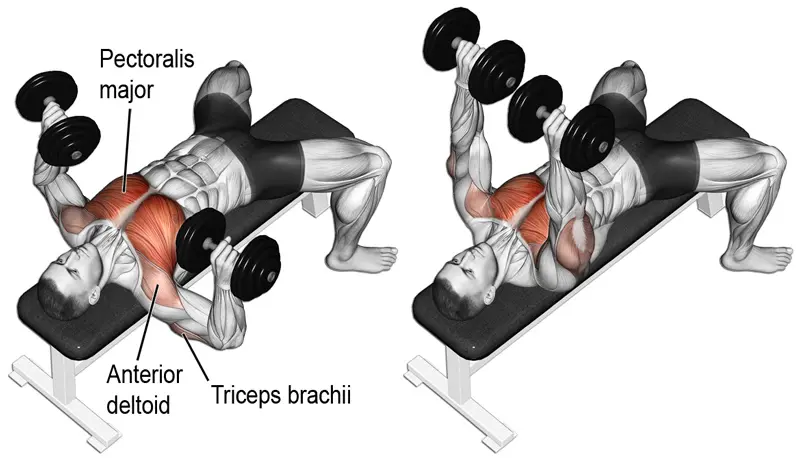
Barbell bench press
Many exercisers consider the barbell bench press to be the king of chest exercises. It’s not just a good mass builder, it’s good for developing strength too. The barbell bench press is also one of the three lifts contested in the sport of powerlifting, with the other two being squats and deadlifts.
How to do it:
1– Lie on the bench with your eyes directly under the bar. Reach up and hold the bar with an overhand, slightly wider than shoulder-width grip. Pull your shoulders down and back, brace your abs, arch your lower back slightly, and push your feet flat into the floor.
2– Unrack the bar, bend your arms and lower it to the highest point on your chest. Do not lower the bar to your neck or bounce it off your chest.
3– Push the weight back up to arms’ length, but don’t lock out your elbows. Repeat for the prescribed number of reps. Carefully put the bar back on the J-hooks at the end of your set, making sure that both ends of the bar are secure.
Because of the danger of dropping the bar across your chest, make sure you have a spotter on hand if you are lifting heavy weights or training to failure.
Most gyms have incline and decline bench press stations to target different parts of your pecs. Use them to add even more variety to your workouts. You can also move your hand inward to emphasize your triceps or out to work your pecs harder.
Dips
Dips are an effective chest and triceps exercise. However, unlike all the exercises discussed so far, you don’t need any weight to get a great chest workout. In fact, all you need is a set of parallel bars.
How to do it:
1– Grip the parallel bars so that your thumbs are pointing forward, and your knuckles are facing outward.
2– Step or jump up so that your arms are straight. Lift your chest, look straight ahead, and bend your legs behind you. Cross your ankles if preferred.
3– Bend your arms and lower yourself down until your elbows are bent to at least 90 degrees.
4– Push yourself back up and repeat.
Make this exercise easier by using an assisted dip/pull-up machine. Alternatively, attach a resistance band the handles and stand or kneel in it. Once you can do ten or more dips, make this exercise harder by wearing a weighted vest or using a dipping belt.

Push-ups
No gym? No problem! Push-ups work the same muscles as the chest press machine, but you don’t need any equipment to do them. You can do push-ups anywhere – at home, in a hotel room, and even at school or work.
How to do them:
1– Squat down and place your hands on the floor. Your hands should be just outside shoulder-width apart, fingers pointing forward.
2– Walk your feet back, so your body forms a straight line. Brace your abs and tense your legs and glutes to keep your body rigid.
3– Bend your arms and lower your chest to within an inch of the floor. Keep your neck long, and your chin tucked in. Do not lower your head down to the floor.
4– Push yourself back up and repeat.
Make push-ups harder by placing your feet on a step, bench, or chair. Alternatively, you can do push-ups with a resistance band behind your back. If full push-ups are too advanced for you right now, just bend your legs and lower your knees to the floor. These are called three-quarter push-ups.
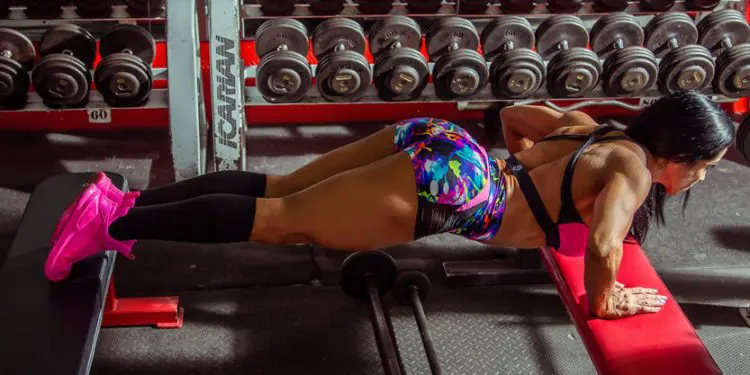
The wrap-up
The chest press is a popular exercise. It’s easy to learn, and you’ll soon master it. Don’t stick with this exercise for too long, though – your progress will grind to a halt if you do. Graduate from the chest press machine to any of these alternatives whenever you feel ready. You can still use the chest press from time to time but, if you want to avoid a training plateau, use these alternatives to keep your workouts fresh and interesting.
References:
1-Fonseca, Rodrigo M.; Roschel, Hamilton; Tricoli, Valmor; de Souza, Eduardo O.; Wilson, Jacob M.; Laurentino, Gilberto C.; Aihara, André Y.; de Souza Leão, Alberto R.; Ugrinowitsch, Carlos (2014-11). “Changes in Exercises Are More Effective Than in Loading Schemes to Improve Muscle Strength”. The Journal of Strength & Conditioning Research. 28 (11): 3085–3092. doi:10.1519/JSC.0000000000000539. ISSN 1064-8011. https://journals.lww.com/nsca-jscr/fulltext/2014/11000/Changes_in_Exercises_Are_More_Effective_Than_in.9.aspx




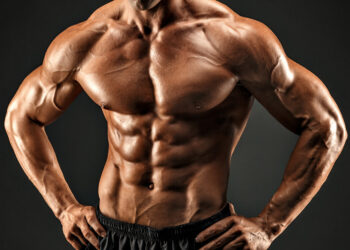
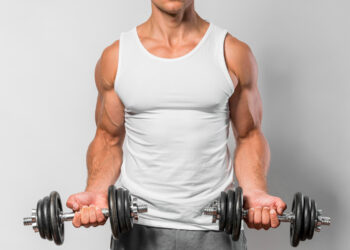
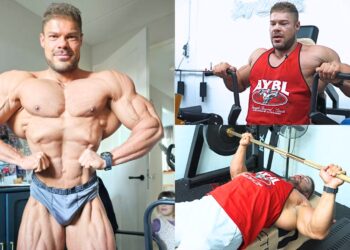


Great web page!!!!